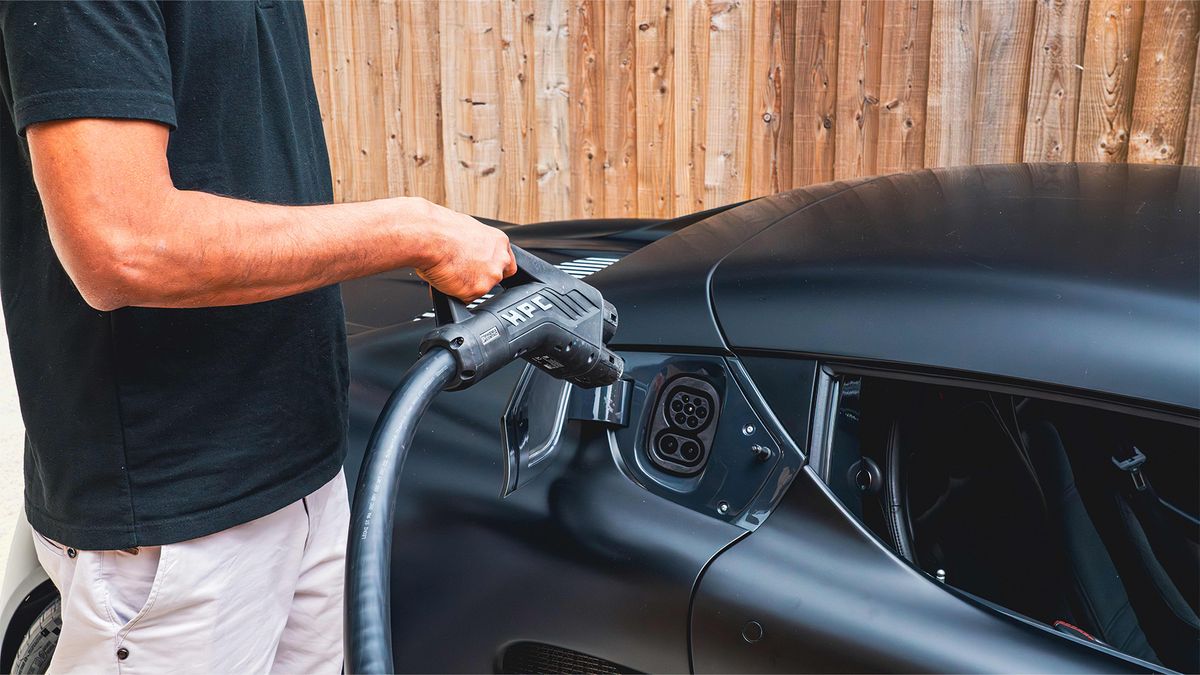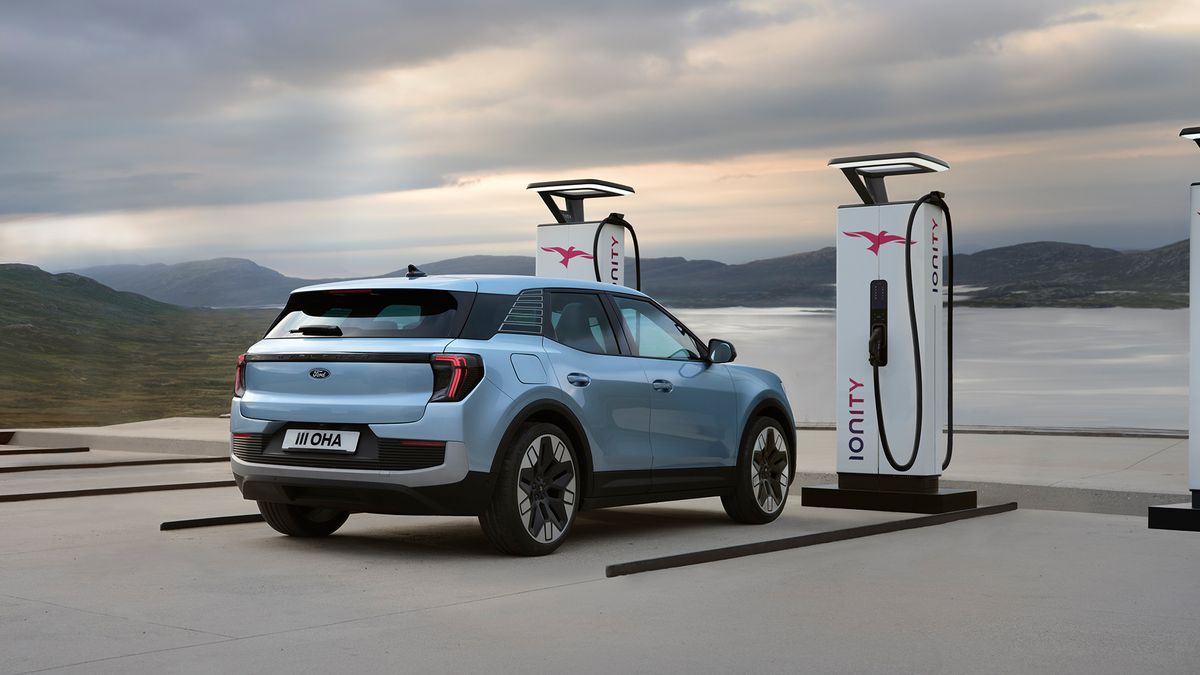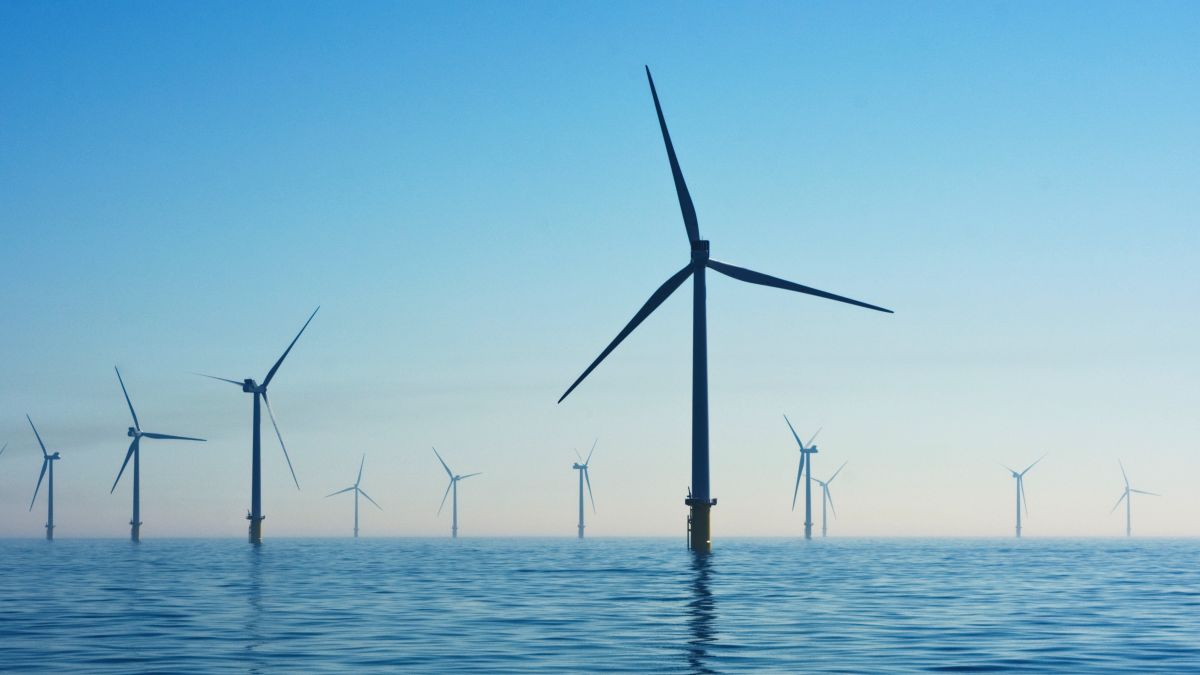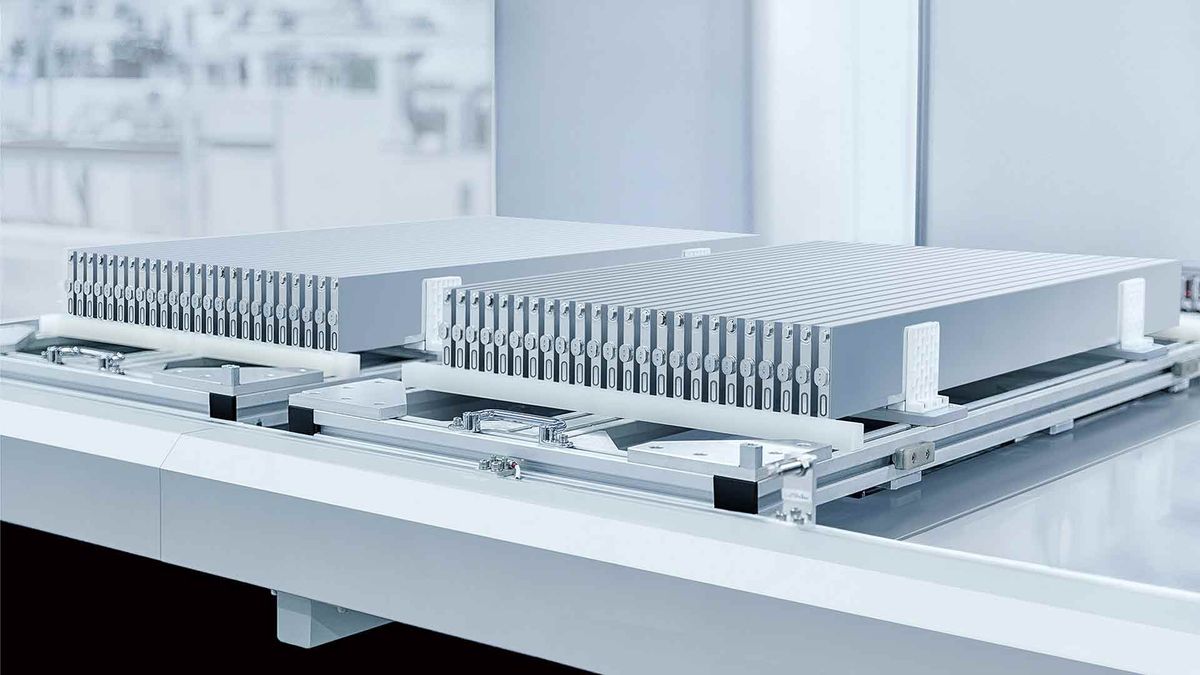- President Trump has signaled his intention to reverse Biden’s electric vehicle policies
- Trump declared a “national energy emergency”
- Spending on electric vehicle charging infrastructure will stop
While the inauguration of the 47th president of the United States was arguably overshadowed by the number of tech experts and questionable world leaders who were invited, Donald Trump wasted no time in getting down to business. As soon as he entered the White House, he signed a series of executive orders.
In fact, President Trump told a massive crowd packed into a stadium in Washington DC that he would reverse “80 destructive and sweeping executive actions from the previous administration.”
“The United States will not sabotage our own industries while China pollutes with impunity,” he said to applause.
Part of this would involve undoing the work the previous Biden administration had done to protect the environment, promote the use of electric vehicles and prevent more drilling for oil.
Whichever way you look at it, the new president appears to be harshly criticizing electric vehicles and the infrastructure around them. Here are five ways these first executive orders could impact the future of electric vehicles in the US.
Electric Vehicles Will Probably Be Even More Expensive
Although he falsely called a series of Biden’s pro-EV policies a “mandate” (there is no such mandate for EVs in the United States as there is in Europe), President Trump is willing to eliminate “unfair subsidies and other measures ill-conceived policies imposed by the government. market distortions that favor electric vehicles over other technologies,” according to Whitehouse.gov.
Reading between the lines, it seems very likely that federal tax credits for the purchase of new electric vehicles will be reduced or eliminated entirely.
Trump’s executive orders will also reduce tailpipe emissions and promote new oil drilling projects, all of which points to gasoline cars remaining the most affordable vehicles to buy and operate for the foreseeable future.
It will be more difficult to charge your electric vehicle publicly

Inertia is difficult to stem in an industry as gigantic as the automotive space, and years of incentives for new EV customers in North America will see more EVs hit the streets in the coming months and years.
In 2024, U.S. customers purchased 1.3 million electric vehicles, a 7.3% increase from the previous year, according to Cox Automotive.
This is all well and good, as long as charging infrastructure continues to grow to support the increase in the number of customers looking to charge, but Trump’s executive order appears to do just the opposite.
All funding for electric vehicle charging stations available through the National Electric Vehicle Infrastructure Formula Program and the Charging and Refueling Infrastructure Discretionary Grant Program will be suspended while the Trump administration reviews its “processes, policies and programs to provide grants, loans and contracts. , or any other financial disbursement.”
A pause in funding will lead to a pause in the rollout of new public EV charging stations and the possible abandonment of large-scale public projects, meaning charging infrastructure will be left in the hands of individuals in the form of a facility. of charging points in the home.
Consumer choice will be restricted

The Biden administration has already denied the American public the freedom to purchase more affordable electric vehicles made in China, initially imposing massive trade tariffs on them and then effectively banning them entirely under the guise of national security.
It is not yet sure whether President Trump will maintain these policies, but he has already threatened to impose a 25% trade tariff on Mexico and Canada, close neighbors of the United States and two important regions for the manufacturing and export of electric vehicles.
General Motors, Ford, the Volkswagen Group, BMW and Mercedes-Benz produce automobiles in Mexico. At the same time, numerous auto and battery manufacturers have committed huge sums of money to new vehicle and battery plants in Canada.
Many of these promises have recently been revoked, and the slow adoption of electric vehicles in Canada and North America is to blame. However, Trump’s proposed 25% tariff has the potential to devastate Canada’s booming auto industry.
According to Maclean’s Canada, nearly 90 percent of vehicles made there are exported to the United States, and more than 60 percent of auto parts made in Canada are sent to American assembly plants.
It won’t take much for some of the world’s largest automakers to stop supplying electric vehicles to the North American market. This means that consumer choice will be limited to a select few models that remain profitable for their manufacturers.
Electric vehicles will have difficulty charging with clean energy

The holy grail of electric vehicle ownership is the ability to recharge a vehicle’s battery economically and from renewable sources such as wind, solar and hydroelectric power, as this does not require the burning of fossil fuels to produce electricity. and, therefore, consumes drastically. reduces carbon footprint.
President Trump’s national energy emergency declaration has his administration temporarily withdrawing areas of the Outer Continental Shelf from offshore wind leasing, citing the potential threat to marine life as the reason.
“We’re not going to do the wind thing,” Trump said at the rally, according to The Verge, focusing instead on increased oil and gas extraction.
The American Energy Liberation Act will also review any policies that could hinder drilling operations, including hydropower and biofuels.
Innovation will slow down and China will continue to lead

Although many of President Trump’s executive orders will directly affect potential electric vehicle customers in North America, they will also have a ripple effect on the rest of the world.
Simply withdrawing from the Paris climate agreement, along with Iran, Libya and Yemen, means that the United States is no longer committed to curbing the devastating effects of climate change and will effectively allow the nation to pollute with gay abandonment.
But more than this, vilifying your electric vehicle makes it a less attractive option for US-based automakers, meaning their willingness to innovate in the area is hampered by the desire for quick profits. , largely selling the same gasoline and diesel vehicles they have. done for decades.
Many traditional automakers are already far behind their Chinese rivals when it comes to electric vehicle technology. Still, this chasm will surely only grow wider if one of the world’s superpowers turns its back on electrification.




